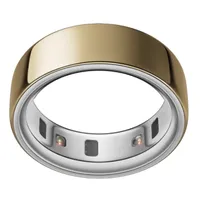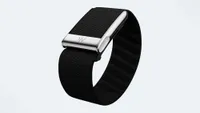Whoop vs Oura: I tested each sleep tracker for two weeks — here's my winner
Whoop vs Oura 14-night face off: Which sleep tracker should you buy this Black Friday?
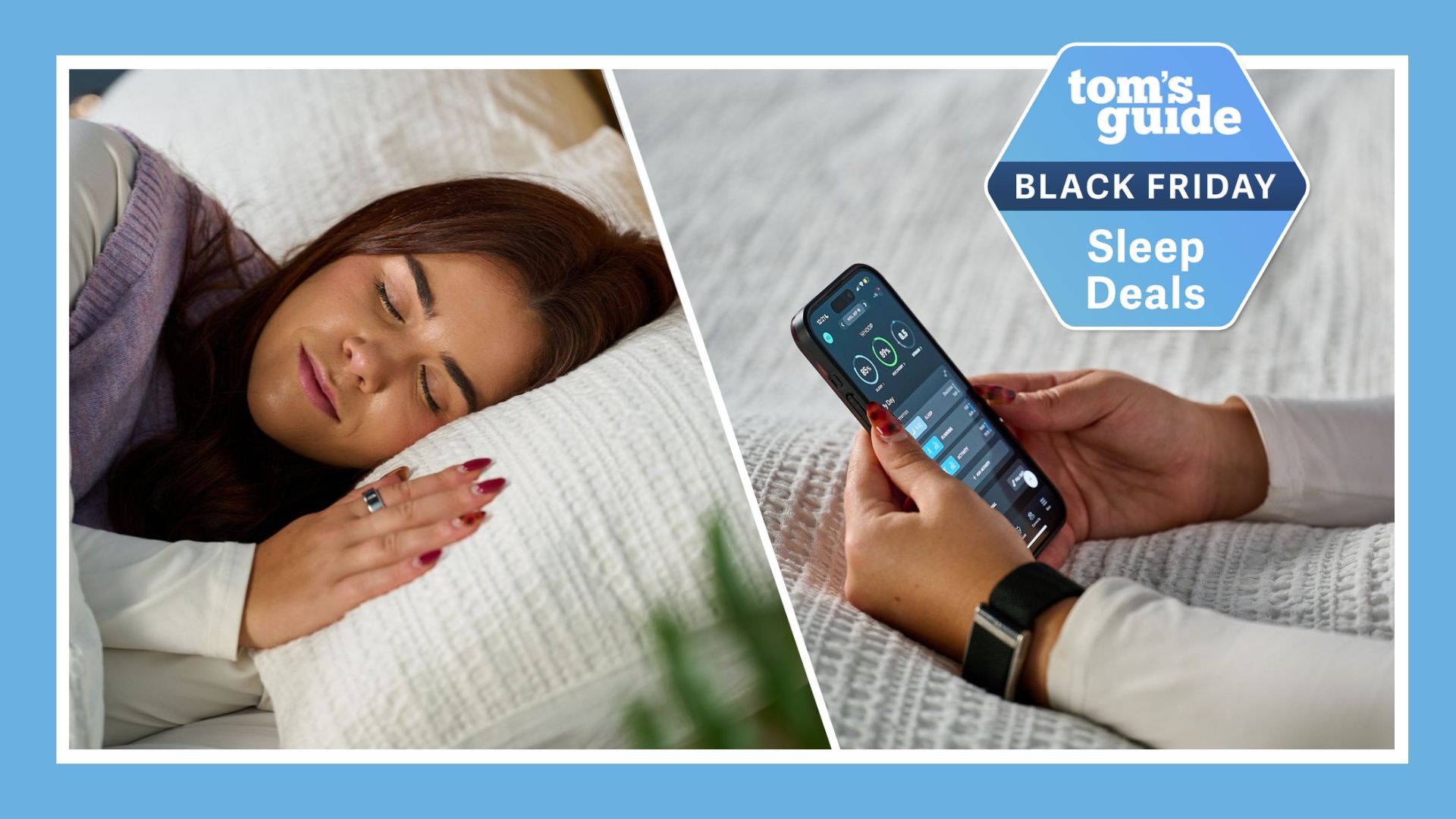
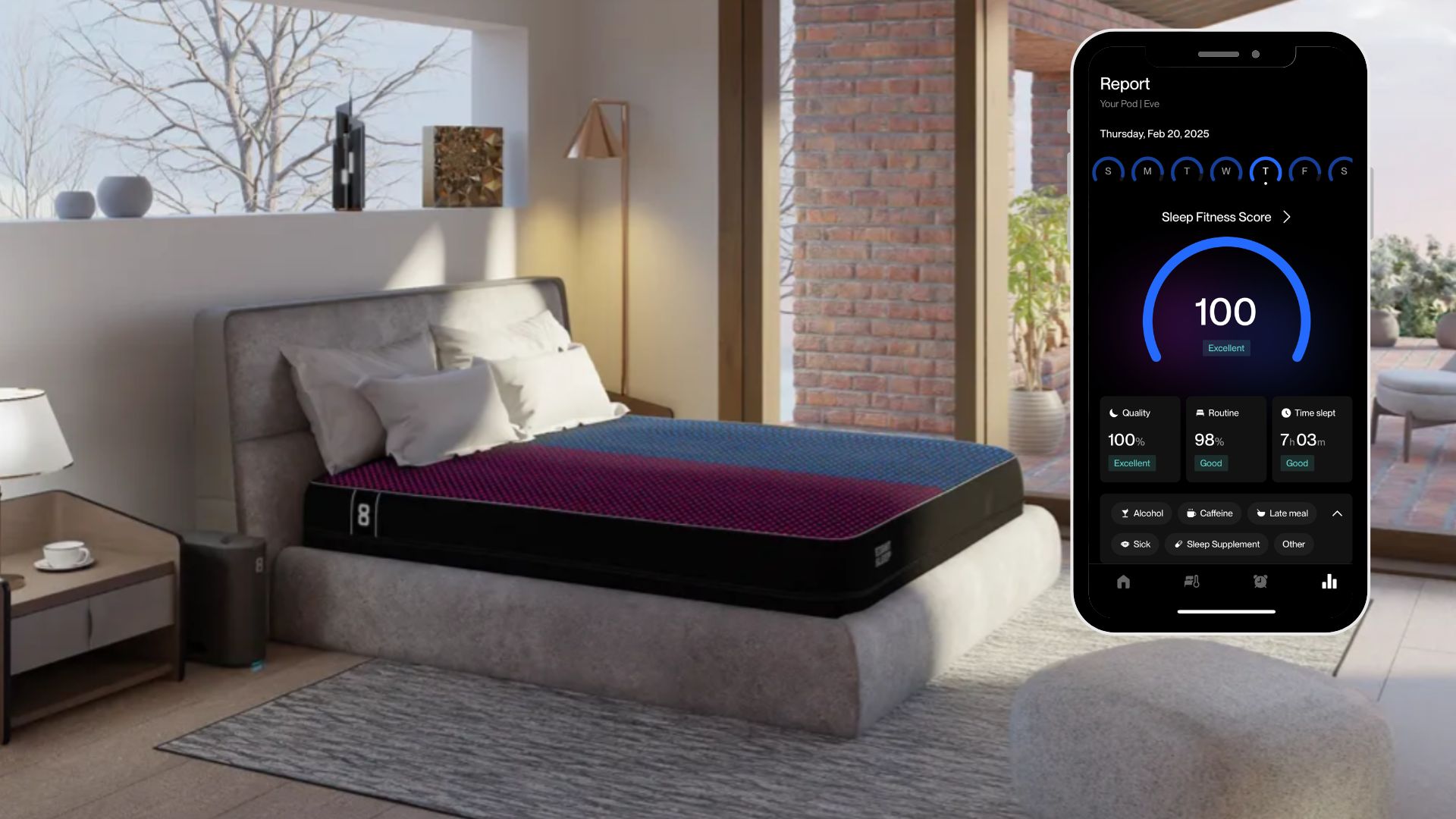
The best smart beds and mattresses are complete with integrated sleep tracking sensors, so you can get a nightly sleep report without any extra accessories
One of the best sleep trackers can help you stay consistent with your sleep schedule, offer insights into your sleep health and guide you toward deeper, more restorative rest.
Two leading names in the sleep and health tracking space right now are Oura and Whoop, and you're probably wondering which is right for you.
I've tested both the Oura Ring 4 and the Whoop MG wrist-worn device simultaneously for 14 nights under our sleep tracker testing methodology to help you make that decision.
Ahead, I'll break down the key differences in terms of price in current Black Friday sleep sales, design and sleep tracking functionality. Let's dive in...
Whoop vs Oura: Price & availability
As comprehensive sleep and activity trackers, Oura and Whoop sit in the higher end of the health monitor market. But for that you get state-of-the-art sleep tracking and additional features like sleep coaching.
The Oura Ring 4 starts at $349/£349 MSRP but is down to $249/£249 this Black Friday and you must pay a monthly subscription fee of $5.99/£5.99 to access all features. Meanwhile, you'll forego a charge for the hardware at Whoop but pay an annual fee.
Whoop has a three tier pricing system. Its entry-level subscription is $129/£169 down from $199 this Black Friday. Peak membership is $239/£229 $199/£189 and Life is $359/£349 $299/£289. It's worth noting that you can only get the Whoop MG with the most expensive 'Life' annual subscription, the two lower tier subscriptions come with the Whoop 5.0 model.
Get instant access to breaking news, the hottest reviews, great deals and helpful tips.
If you've got a tighter budget and want a sleep-only tracker, check out our comparison of the Garmin Index Sleep Monitor vs Withings Sleep Analyzer.
Oura Ring 4: was from $349/£349 now from $249/£249 + subscription fee at Oura
The Oura Ring 4 replaced the Ring 3 as of October 2024. This new-and-improved smart ring is available in six different smooth metal finishes including (in ascending price order) silver, black, brushed silver, stealth, gold and rose gold and additional ring sizes from 4 to 15 rather than 6 to 13. Prices start from $249/£249 and reach $349/£349 in the Oura Black Friday sale.
Whoop MG: annual subscription from $199 $129/£169 at Whoop
You pay an annual subscription rather than an upfront cost at Whoop. The pricing system changed with the launch of the new Whoop 5.0 and Whoop MG. There's now three price tiers with features getting better with the more you pay: One at $199/£169 per year and Peak at $239/£229 per year which both come with the Whoop 5.0 and Life at $359/£349 per year which comes with the Whoop MG.
Whoop vs Oura: Design
The Oura Ring 4 and Whoop MG are both faceless wearable trackers but differ in where you wear them on the body. Unsurprisingly, the Oura Ring sits on your finger while Whoop is a wrist-worn tracker.
The Oura Ring 4 is designed with an all-titanium tarnish-resistant frame with 18 sensing paths that intersect across your finger. On the other hand, the Whoop MG is a woven fabric strap with metal detailing and hidden sensors.
Without screens, the Oura and Whoop both make good distraction-free sleep waearables. I have no complaints about the Oura Ring's comfortability to sleep in, however I found the thick Whoop band irritating through the night, especially on hot summer nights.
You can purchase alternative bands and specially designed apparel for both men and women, including sports wear and underwear, that feature pods for your Whoop device (meaning you can wear it off your wrist) but these come at an extra cost.
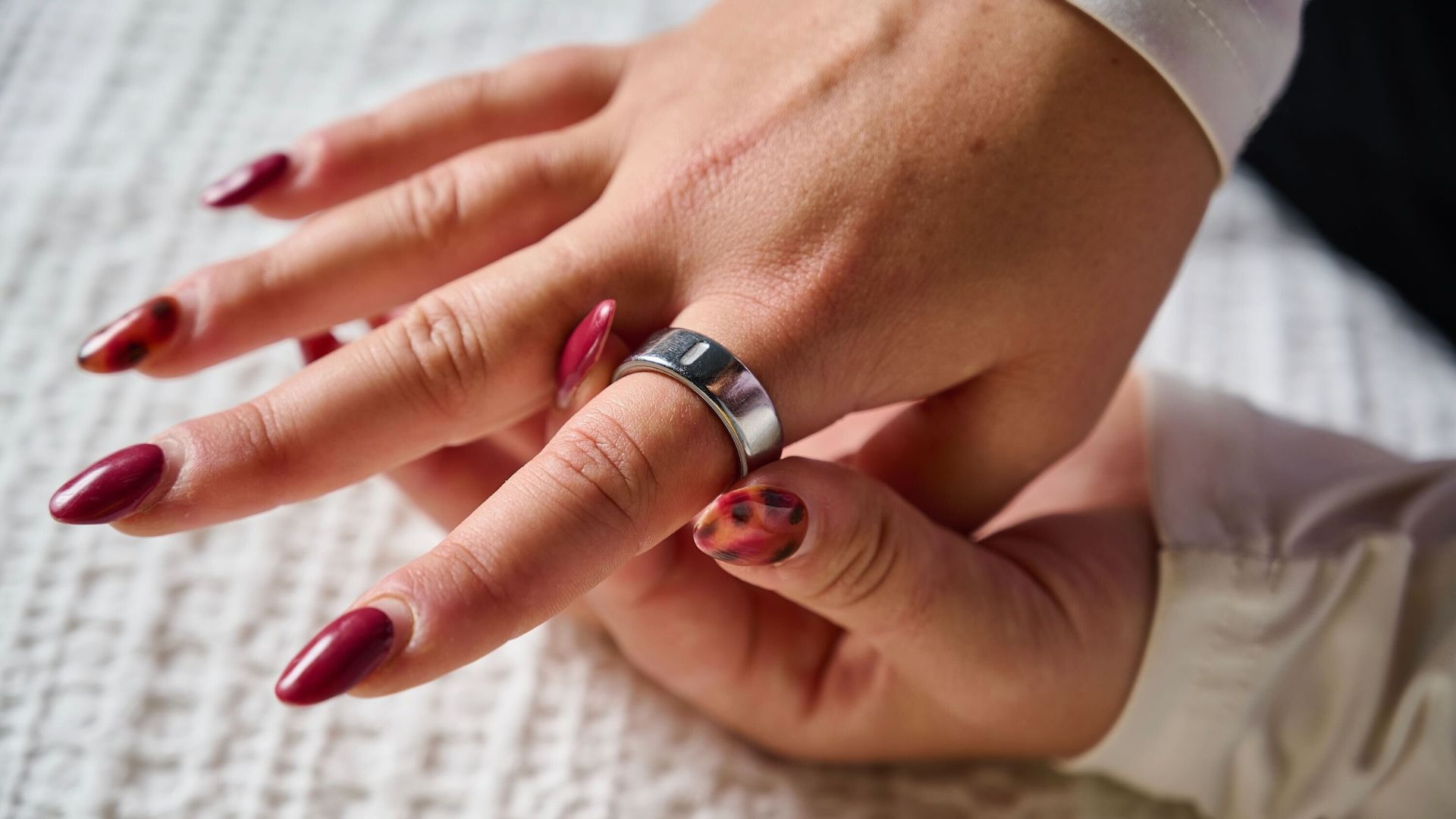
Both trackers have an impressive battery life too. Whoop lasts two weeks plus and Oura lasts up to eight nights on one charge (though this depends on ring size and I found it lasted around 6 nights). Whoop also takes the edge in terms of how you power it up thanks to its wireless charger.
Winner: Charging aside, the Oura Ring is more comfortable to wear overnight.
Whoop vs Oura: Sleep tracking
During my testing period, I was impressed with the accuracy of each sleep tracker with sleep timings, wake periods and overall sleep scores lining up with my own sleep diary and perceived quality of sleep.
Both trackers have an impressive array of features, but we're focusing on sleep, so I'll look at the key sleep features in each here.
Oura captures the likes of oxygen saturation, heart rate and HRV, body temperature, sleep latency and sleep efficiency to time spent in each of the essential sleep stages, sleep timing and time asleep, and restfulness.
This data is then summarized in a daily 'sleep' score and 'readiness' score (the latter of which includes how you've slept as part of analyzing how ready you are for the day).
You can delve into both of these scores and easily see what contributed to each, including specific stats and graphs. Oura also offers bedtime guidance based on your sleep patterns, and has a body clock tool that shows your optimal sleep window, (based on your chronotype, which it estimates by looking at your sleep data) and compares that to how you're sleeping currently.
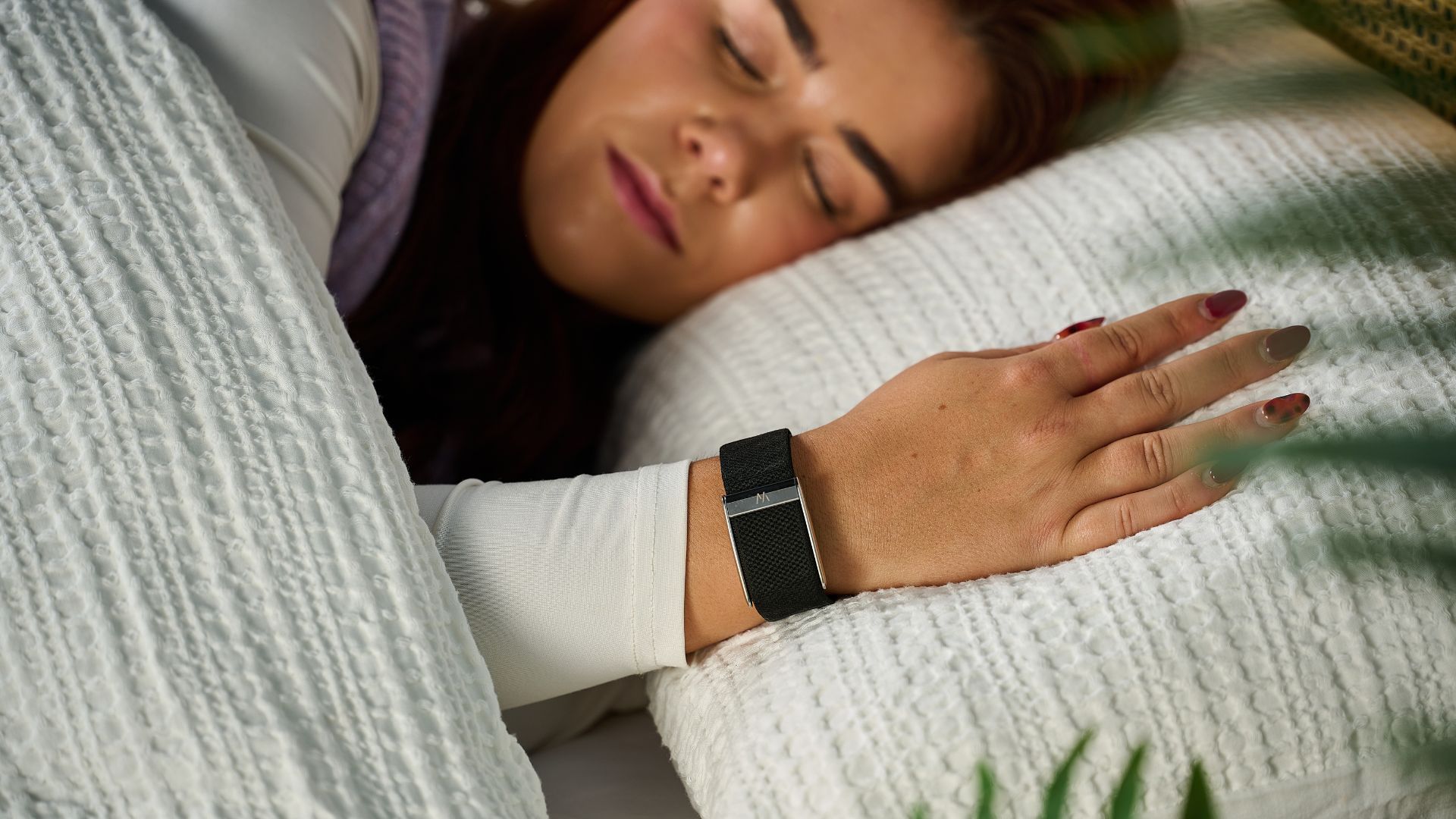
The Whoop MG has the most advanced features of the three subscription packages Whoop offers, but all three have the same sleep features. It tracks factors like amount of time in bed, hours you were asleep and any time you wake, how much restorative sleep you got, your respiratory rate, sleep latency, efficiency and debt, but overall it feels more geared towards athletic recovery.
You get a daily sleep performance score which is calculated by factors including hours of sleep vs. sleep needed, sleep consistency, sleep efficiency and sleep stress, which you can delve into via a variety of graphs and stats. Whoop’s Sleep Planner can calculate how much sleep you need for optimal recovery, basing this on the strain you’ve undergone during the day, your recent sleep, any sleep debt its calculated that you have, and factoring in any naps. And it suggests ideal sleep and wake times and sleep duration, and has a wake alarm function.
Oura and Whoop don't just track your sleep, they coach you towards better quality sleep too with AI-driven advisors that analyse your sleep report each night and provide personalized sleep tips you can put into action the following night.

Winner: Oura is a more inclusive sleep tracker for all, while Whoop is better for athletes
Whoop vs Oura: The apps
I had no problems connecting both wearables to their respective apps and both brands present your sleep metrics in visual, interactive graphs.
The Whoop sleep report looks more complicated than Oura upon first glance due to percentages and comparison figures. This would be more useful for people who want an in-depth look at sleep and recovery insights.
Alongside sleep data, the Oura app holds a library of 26 sleep-inducing audio tracks that you can play to help you wind down at bedtime and drift off peacefully. Ranging from a ‘Rockabye Railway’ to ‘Coastal Walk to Babbacombe’ (my personal favorite) there’s something for all sleep sound tastes.
Winner: The Oura app has more sleep-boosting features like audio and is easier to digest than Whoop.
Whoop vs Oura: Final verdict
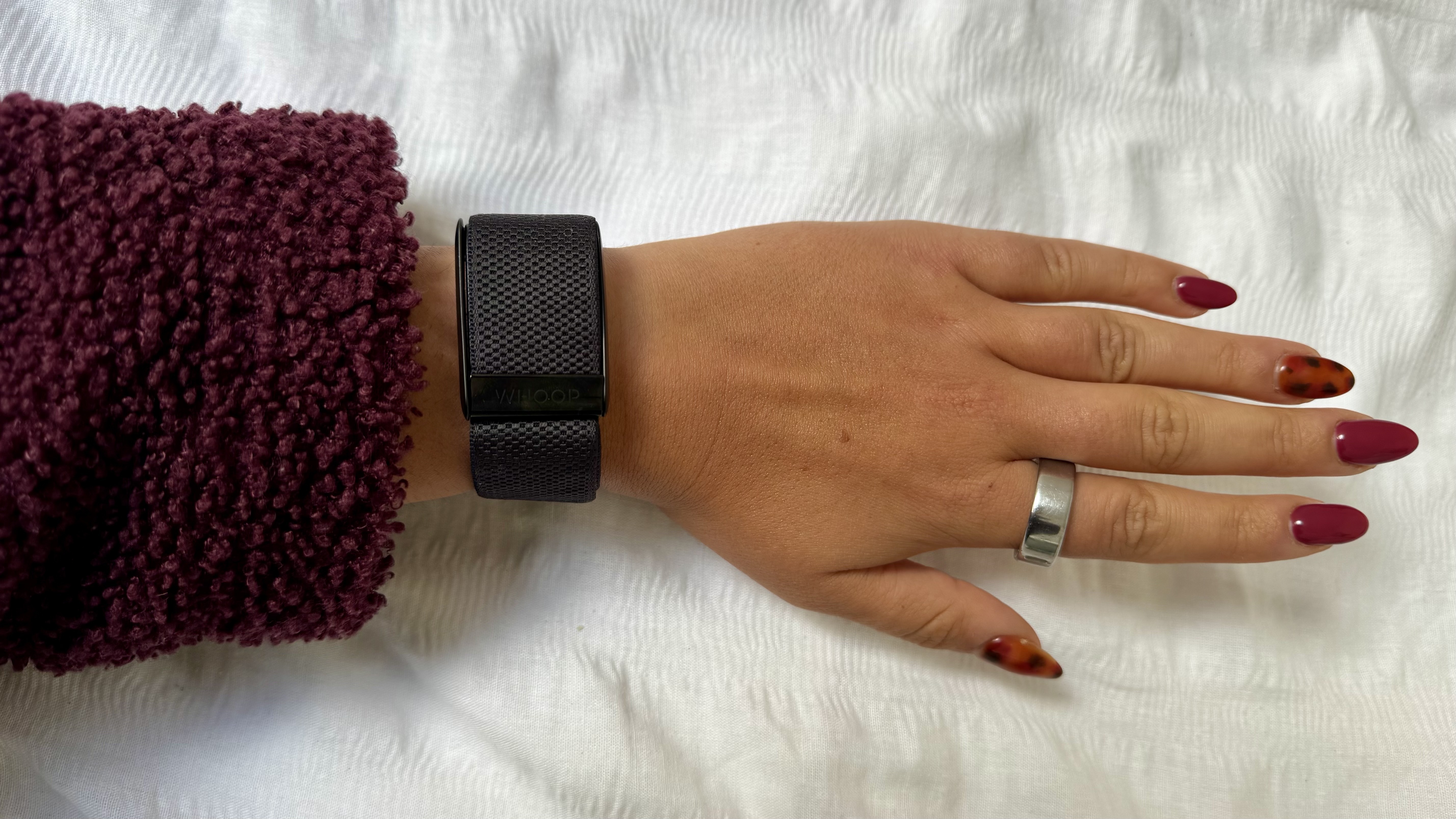
Ultimately, the Whoop MG is better suited to professional and amateur athletes who want in-depth metrics on how to optimize your sleep for physical performance and recovery, while the Oura Ring 4 is the better tracker for the average sleeper.
I sometimes felt overwhelmed by all the data and recovery metrics in the Whoop app, but can't fault its nightly sleep tracking accuracy, sleep coaching algorithm and personalized sleep planner insights.
However, as someone who hates wearing a watch in bed, the Oura Ring is my ideal overnight wearable and I'm always quick to recommend it to friends looking to invest in a quality sleep tracker too, thanks to its reliable monitoring, user-friendly app and extra features like its sleep audio library.

Eve is a sleep tech product tester and writer at Tom's Guide, covering everything from smart beds and sleep trackers, to sleep earbuds and sunrise alarm clocks. Eve is a PPA-accredited journalist with an MA in Magazine Journalism, and has four years’ experience writing features and news. In her role as Sleep Tech Product Tester and Writer for Tom's Guide, Eve is constantly trying out and reviewing the latest sleep products from brands such as Apple, Garmin, Whoop, Hatch, Sleep Number, Eight Sleep, and Oura. A fitness enthusiast who completed the London Marathon earlier this year, Eve loves exploring the relationship between good sleep, overall health, and physical performance, and how great sleep tech can make that relationship even better.
You must confirm your public display name before commenting
Please logout and then login again, you will then be prompted to enter your display name.
